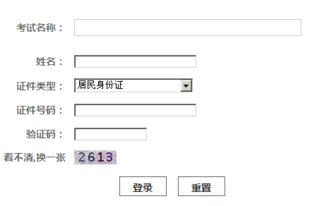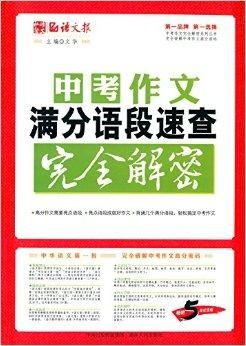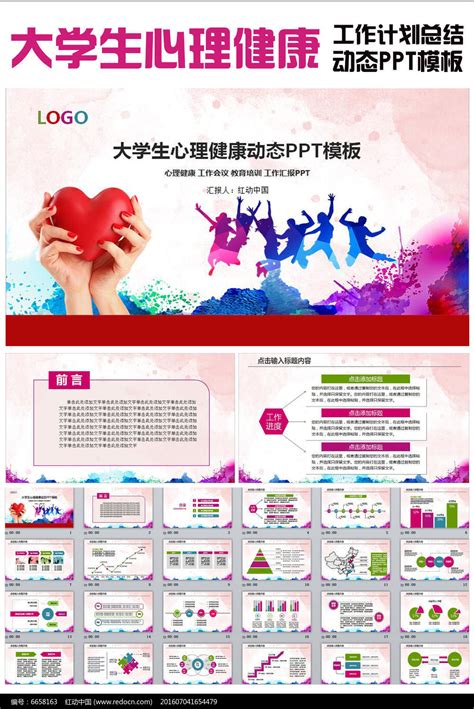早教英语哪个app比较好
Understanding the Vega Method:
2.
Thematic Units:
Organize learning around thematic units (e.g., animals, seasons, family), integrating English language activities within each theme. Explore vocabulary, concepts, and cultural elements related to the chosen theme through handson experiences and group projects.The Vega method takes inspiration from various educational theories, including constructivism and sociocultural perspectives, emphasizing the significance of interaction, play, and meaningful experiences in language acquisition. At its essence, Vega promotes a holistic learning environment that fosters curiosity, engagement, and confidence in young learners.
3.
Music and Movement:
Harness the power of music and movement to reinforce language learning. Incorporate English songs, rhymes, and chants into daily routines, encouraging rhythmic expression and kinesthetic engagement.2.
Multisensory Learning:
Leveraging multiple senses enhances learning retention and comprehension. Vega incorporates visual aids, gestures, music, and tactile materials to engage learners through various sensory modalities.Vega Method for Early Childhood English Education: A Comprehensive Guide (2023) by Dr. Emily Chen
4.
Contextualization:
Learning within meaningful contexts enhances understanding and retention. Vega integrates English language learning into reallife situations, such as roleplaying scenarios, thematic units, and projectbased activities.2.
Consistency and Routine:
Establish consistent routines for English language exposure within daily schedules. Consistency reinforces learning and helps children develop familiarity and comfort with the language over time.4.
PlayBased Learning:
Embrace play as a natural vehicle for learning. Provide opportunities for structured and unstructured play, integrating English language prompts, props, and materials into play scenarios to promote language exploration and expression.Practical Strategies for Implementation:
Key Principles of Vega:
Title: Maximizing Early Childhood English Learning with Vega Method
3.
Flexibility and Adaptability:
Remain flexible in your approach, adjusting activities and strategies based on individual needs and evolving circumstances. Embrace spontaneity and seize teachable moments as they arise.5.
Social Interaction:
Language flourishes in social settings. Vega promotes collaborative learning environments where children interact with peers, teachers, and native speakers, fostering language development through authentic communication and social interaction.Guiding Principles for Educators and Parents:
1.
Interactive Storytelling:
Engage children with captivating stories, accompanied by colorful illustrations and interactive elements. Encourage active participation through roleplaying, discussions, and creative expression.References:
"The Role of Play in Early Childhood Language Development" (2022) by Dr. Michael Johnson
5.
Technology Integration:
Utilize ageappropriate digital resources to supplement English language learning. Interactive apps, educational videos, and online games can enhance engagement and provide additional exposure to English language content.3.
Personalization:
Recognizing individual differences and preferences, Vega encourages tailored approaches to cater to diverse learning styles and interests. Personalized learning experiences empower children to take ownership of their learning journey.1.
Immersion and Exposure:
Vega advocates for immersive experiences where English language exposure occurs naturally and consistently. This could entail using English in everyday activities, storytelling, songs, and interactive games.4.
Collaboration and Communication:
Foster open communication and collaboration between educators and parents to reinforce English language learning both in the classroom and at home. Share insights, resources, and strategies to create a cohesive learning environment."Multisensory Learning Strategies for Young Learners" (2021) by Dr. Sarah Lee
1.
Patience and Encouragement:
Foster a supportive environment where mistakes are viewed as valuable learning opportunities. Encourage persistence and celebrate incremental progress to instill confidence and motivation in young learners.
In essence, the Vega method offers a comprehensive framework for optimizing early childhood English learning, integrating researchbacked principles with practical strategies for implementation. By fostering immersive, multisensory, and personalized learning experiences, educators and parents can empower young learners to develop strong English language skills while nurturing a lifelong love for learning.
In the realm of early childhood education, the Vega method stands as a beacon for nurturing linguistic abilities in young learners, particularly in the domain of English language acquisition. This method, grounded in cognitive science and pedagogical research, offers a structured yet flexible approach to optimize language learning during the formative years. Let's delve into the core principles and practical strategies of the Vega method to unlock its potential for maximizing early childhood English education.











